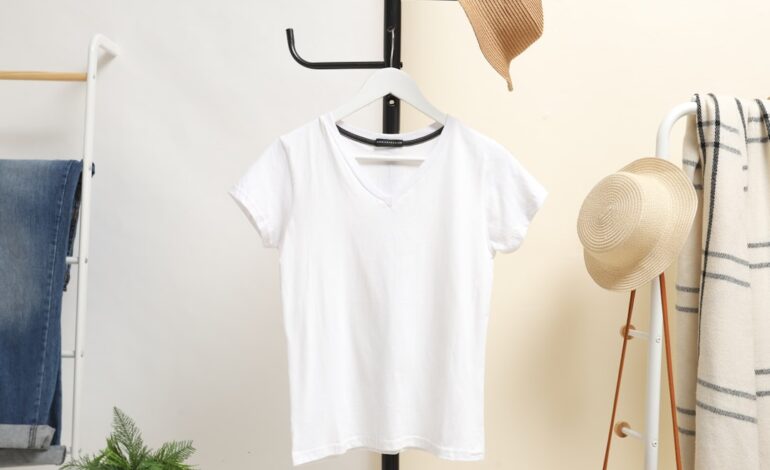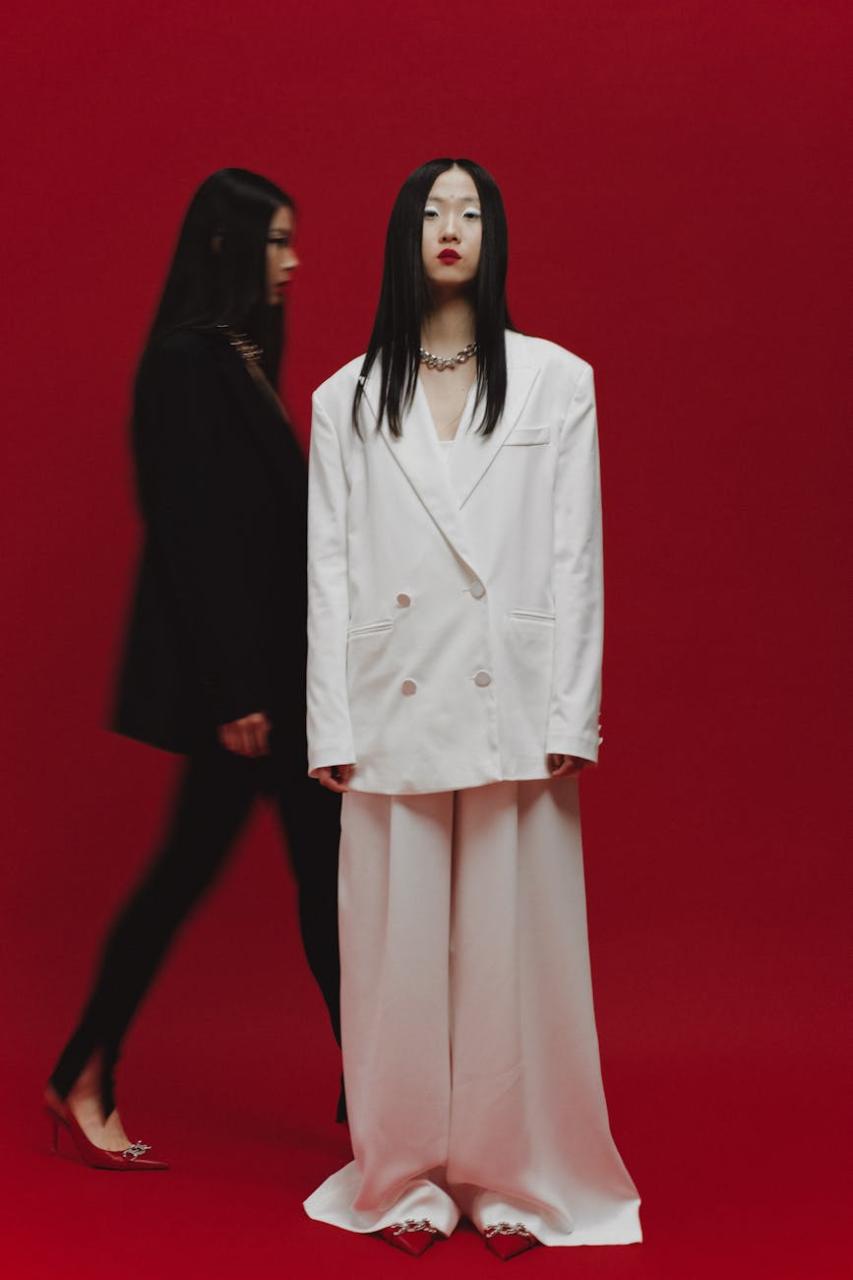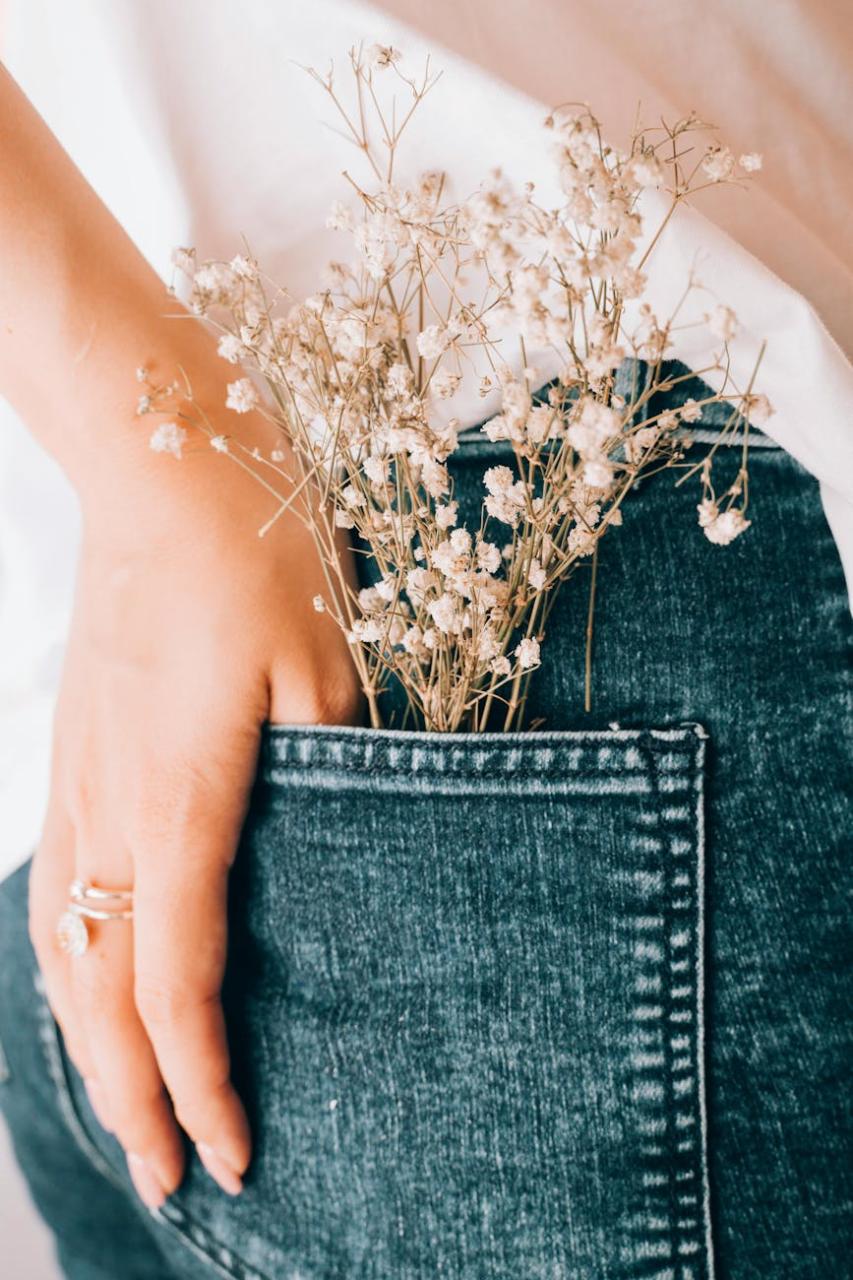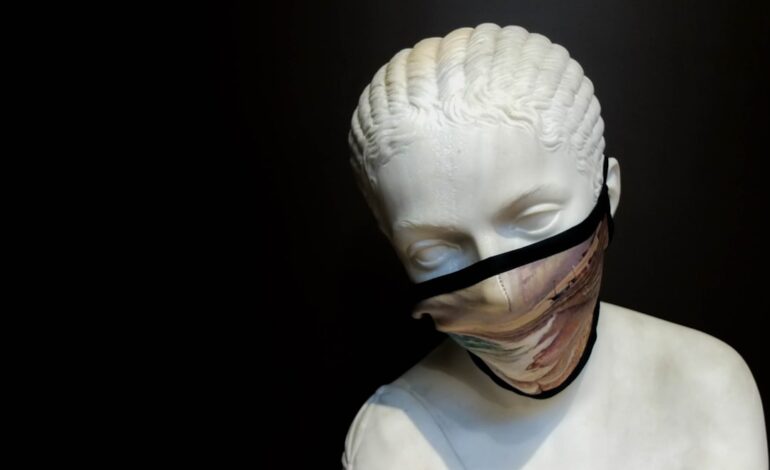Unlock your style: A complete guide to capsule wardrobe design principles

The end of the ‘I have nothing to wear’ era
We’ve all been there. Staring into a closet packed to the brim with clothes, yet feeling the overwhelming sensation that you have absolutely nothing to wear. It’s a modern fashion paradox. But what if the solution wasn’t adding more, but having less? Welcome to the world of the capsule wardrobe, a concept that’s less about restriction and more about liberation. It’s a design-led approach to your closet that promises more style, more time, and more joy with fewer, better pieces. At KIQIZ, we believe great style is about intentionality, and that’s exactly what a capsule wardrobe delivers. It’s time to stop letting your closet happen to you and start designing it with purpose.
So, what exactly is a capsule wardrobe?
Coined by London boutique owner Susie Faux in the 1970s and popularized by designer Donna Karan in the 1980s, a capsule wardrobe is a curated collection of essential, high-quality items that don’t go out of fashion. Think of it as your personal greatest hits collection. These are the pieces that form the foundation of your style—the classic trench, the perfect-fit jeans, the crisp white shirt—all designed to be mixed, matched, and layered to create a multitude of outfits. It’s not about a stark, minimalist uniform (unless that’s your vibe!), but rather a functional, flexible, and deeply personal collection of clothes you genuinely love and feel confident in. The goal is to create a wardrobe where every single piece works together, making getting dressed in the morning simple, creative, and stress-free.
The core principles of capsule wardrobe design
Building a successful capsule wardrobe isn’t about following a rigid set of rules. Instead, it’s about embracing a set of design principles that you can adapt to your own life and style. Think of yourself as the creative director of your own closet. Here are the foundational principles to guide you.
Principle 1: Define your personal style and lifestyle

Before you can design anything, you need a clear vision. A capsule wardrobe that doesn’t reflect who you are and what you do every day will ultimately fail. Start by getting introspective.
- Analyze your life: What does your typical week look like? Are you in a corporate office, a creative studio, or working from home? Do you spend your weekends hiking, brunching with friends, or chasing after kids? Be brutally honest. Your wardrobe needs to serve the life you actually live, not the one you imagine.
- Find your style inspiration: Create a mood board on Pinterest or save posts on Instagram. Look for recurring themes. Are you drawn to clean lines and neutral tones, or vibrant colors and bohemian textures? Look at celebrities whose style you admire. Is it the effortless chic of Zendaya or the classic elegance of Kate Middleton?
- Choose your style words: Try to describe your ideal style in three to five words. Examples could be “classic, comfortable, polished” or “bohemian, relaxed, earthy” or “edgy, modern, minimalist.” These words will become your filter for every potential purchase.
Principle 2: Curate a cohesive color palette
A strategic color palette is the secret ingredient that makes a capsule wardrobe so versatile. When your colors are in harmony, mixing and matching becomes effortless. A well-designed palette typically consists of three components.
- Base colors (1-2): These are the dark, foundational neutrals that anchor your wardrobe. Think black, navy, charcoal grey, or even dark brown. These colors typically form the basis for your more substantial items like trousers, coats, and blazers.
- Core neutrals (3-4): These are your lighter neutrals that complement your base colors. Think white, ivory, beige, camel, and light grey. These are perfect for your essential tops, t-shirts, and knitwear.
- Accent colors (1-3): This is where you inject your personality! These are the pops of color that bring your outfits to life. It could be a trending color for the season, like a vibrant kelly green, or a timeless favorite like dusty rose, olive, or burgundy. Use these for tops, accessories, or a statement piece.
By sticking to a defined palette, you ensure that almost any top in your closet will go with any bottom, dramatically expanding your outfit possibilities without expanding your wardrobe’s footprint.
Principle 3: Prioritize quality over quantity
The capsule wardrobe philosophy is the antidote to fast fashion. Because you are working with a smaller number of items, each one needs to be a hardworking hero piece. This means investing in the best quality you can afford. A well-made garment will not only look and feel better but will also withstand the frequent wear and washing that capsule pieces endure. Pay attention to:
- Fabric: Opt for natural, durable fibers like cotton, linen, wool, cashmere, and silk. They tend to last longer, breathe better, and drape more beautifully than their synthetic counterparts.
- Construction: Check the seams, stitching, and hardware. Look for clean, tight stitches and quality zippers and buttons. A well-constructed piece is built to last.
- Fit: The most expensive garment in the world will look cheap if it doesn’t fit you properly. Don’t be afraid to invest a little extra in tailoring. A simple tuck or hem can transform a good piece into a great one that looks custom-made for you.
Principle 4: Focus on versatile silhouettes and timeless essentials
While trends are fun, the foundation of your capsule should be built on timeless silhouettes that transcend seasons. These are the classic, versatile pieces that form the backbone of great style. Your specific essentials will depend on your personal style (Principle 1), but here are some universally celebrated examples:
- The perfect t-shirt: A high-quality crewneck or v-neck in your core neutrals (white, black, grey).
- A classic button-down shirt: In crisp white, blue, or a pinstripe. Can be dressed up under a blazer or dressed down with jeans.
- Well-fitting denim: A dark wash, straight-leg or slim-fit jean is often the most versatile starting point.
- A tailored blazer: Instantly pulls any outfit together, from jeans and a tee to a slip dress. Navy or black is a classic choice.
- A timeless outer layer: A classic trench coat, a leather jacket, or a wool coat, depending on your climate and style.
- A versatile knit: A cashmere or merino wool sweater in a neutral color that can be layered easily.
- A little black dress (or navy, or cream): A simple, elegant silhouette that can be styled in countless ways with different shoes and accessories.
A step-by-step guide to building your first capsule
Feeling inspired? Here’s how to turn these principles into action and transform your closet.
Step 1: The great closet edit

You can’t build something new on a cluttered foundation. Take everything—and we mean everything—out of your closet. Create four piles: Love, Maybe, Donate/Sell, and Discard. The ‘Love’ pile should only contain items that fit you perfectly right now, align with your defined style, and make you feel fantastic. Be ruthless.
Step 2: Define your core capsule
Look at your ‘Love’ pile. This is the starting point of your capsule. Organize these items and see what you have. You might be surprised to find you already own many of your essential pieces. Identify the gaps. What are you missing? A good blazer? A pair of versatile trousers? A classic white shirt?
Step 3: Create an intentional shopping list
Using the gaps you identified, create a short, specific shopping list. This isn’t a license for a shopping spree. It’s a strategic mission. Refer back to your principles: does this item fit my style words? Is it in my color palette? Is it high quality? Will it be versatile? Shop slowly and intentionally to find the perfect pieces to complete your collection.
Making your capsule work year-round
A common question is how to manage a capsule wardrobe through changing seasons. The key is to have a core collection of year-round basics and supplement it with a smaller, seasonal capsule. At the end of a season, pack away the season-specific items (like heavy wool sweaters or linen shorts) and store them. Then, pull out the items for the upcoming season. This is also a great time to reassess your capsule, see what worked, what didn’t, and identify if you need one or two new pieces to keep things fresh and functional for the months ahead. This allows you to incorporate a new trend or accent color without overhauling your entire wardrobe.
The power of accessories
A limited wardrobe does not mean limited outfits. Accessories are the magic tool for transforming your core pieces. A simple jeans-and-tee combination can look completely different depending on whether you pair it with white sneakers and a tote bag, heeled boots and a statement necklace, or sandals and a silk scarf. Invest in versatile accessories that you love, such as a great leather belt, a few pieces of quality jewelry, a classic handbag, and a stylish scarf. They take up minimal space but provide maximum impact, ensuring your style always feels fresh and uniquely you.

Ultimately, designing a capsule wardrobe is an act of self-care. It’s about clearing the clutter—both physical and mental—to make space for what truly matters. It’s a sustainable, stylish, and empowering approach to fashion that puts you back in control. Say goodbye to decision fatigue and hello to effortless style, every single day.




